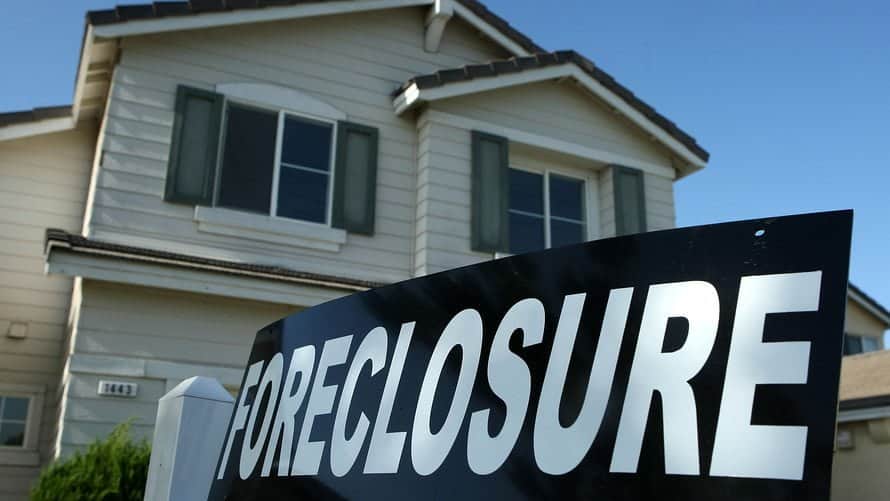ATTOM Data Solutions’ Midyear 2018 U.S. Foreclosure Market Report found a total of 362,275 U.S. properties with foreclosure filings – default notices, scheduled auctions or bank repossessions – inside the first 6 months of 2018. That number is down 15% year-to-year and down 78% from its recession-era foreclosure peak within the first 6 months of 2010.

Foreclosures decrease 78% ever since 2010 height
Unlike earlier years, Florida is barely mentioned in ATTOM’s latest report. While its foreclosure rate remains No. 4 nationwide (0.37%), the top three states at the moment are South Carolina (0.39%), Ohio (0.37%) and Nevada (0.37%). In a look at metro areas, Miami is mentioned only because its foreclosure activity has dropped 55% below pre-recession averages – but 55% of the metro areas studied also have seen their foreclosure activity drop to a level below the “normal” level that they had prior to the recession.
Florida does, however, continue to rank high for the length of time it takes for a home to go through the foreclosure process, ranking second nationwide. States with the longest average foreclosure timelines for foreclosures carried out in the second quarter were Hawaii (1,553 days), Florida (1,166 days), New Jersey (1,161 days), Utah (1,108 days) and Indiana (1,054 days). A small number of U.S. metro areas (12%) saw a rise in foreclosure activity as opposed to a decrease, however – but none of note in Florida.
They include Houston (up 10%), Dallas-Fort Worth (up 11%), Cleveland (up 4%), Phoenix (up 5%) and Indianapolis (up 2%). “Localized foreclosure flare-ups in the first half of 2018 can no longer be blamed on legacy distress left over from the last housing bubble, given that nearly half of all active foreclosures are now tied to loans originated in 2009 or later, and given that the average time to foreclose plummeted in the first two quarters of the year,” says Daren Blomquist, senior vice president with ATTOM Data Solutions. Blomquist says the local foreclosure increases “are typically the result of more recent distress triggers” in those specific markets.
“We’re also seeing (some of the results) of gradually loosening lending standards starting in 2014, specifically for FHA-backed loans,” Blomquist added. “The foreclosure rate on FHA loans originated in 2014 and 2015 has now jumped above the average FHA foreclosure rate for all loan vintages – the only two post-recession vintages with foreclosure rates above that overall average.”
Have a questions or concern? Nick, Cindy & Nicholas Davis with RE/MAX Premier Group are here to assist you.